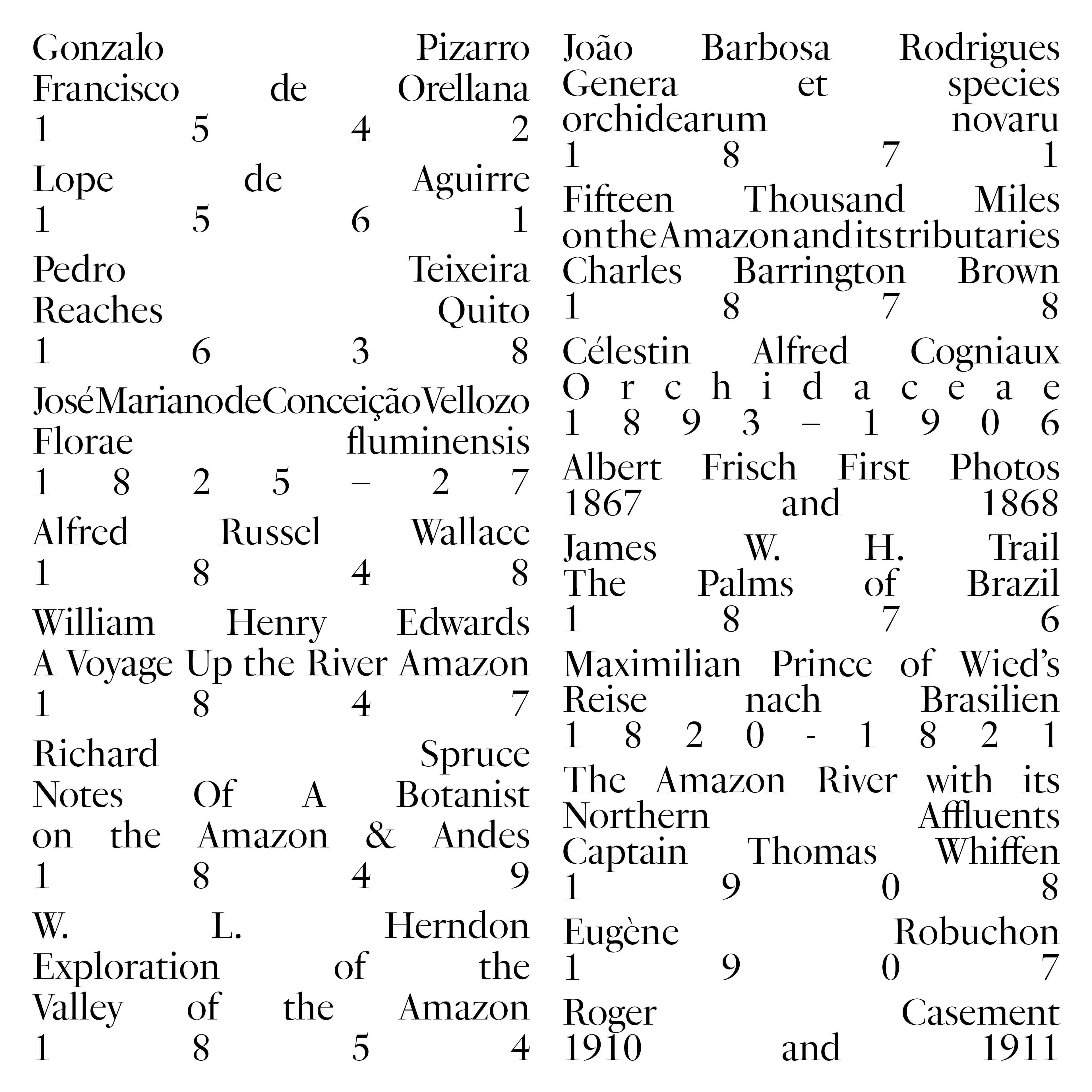
Amazon Expeditions 1542-1911
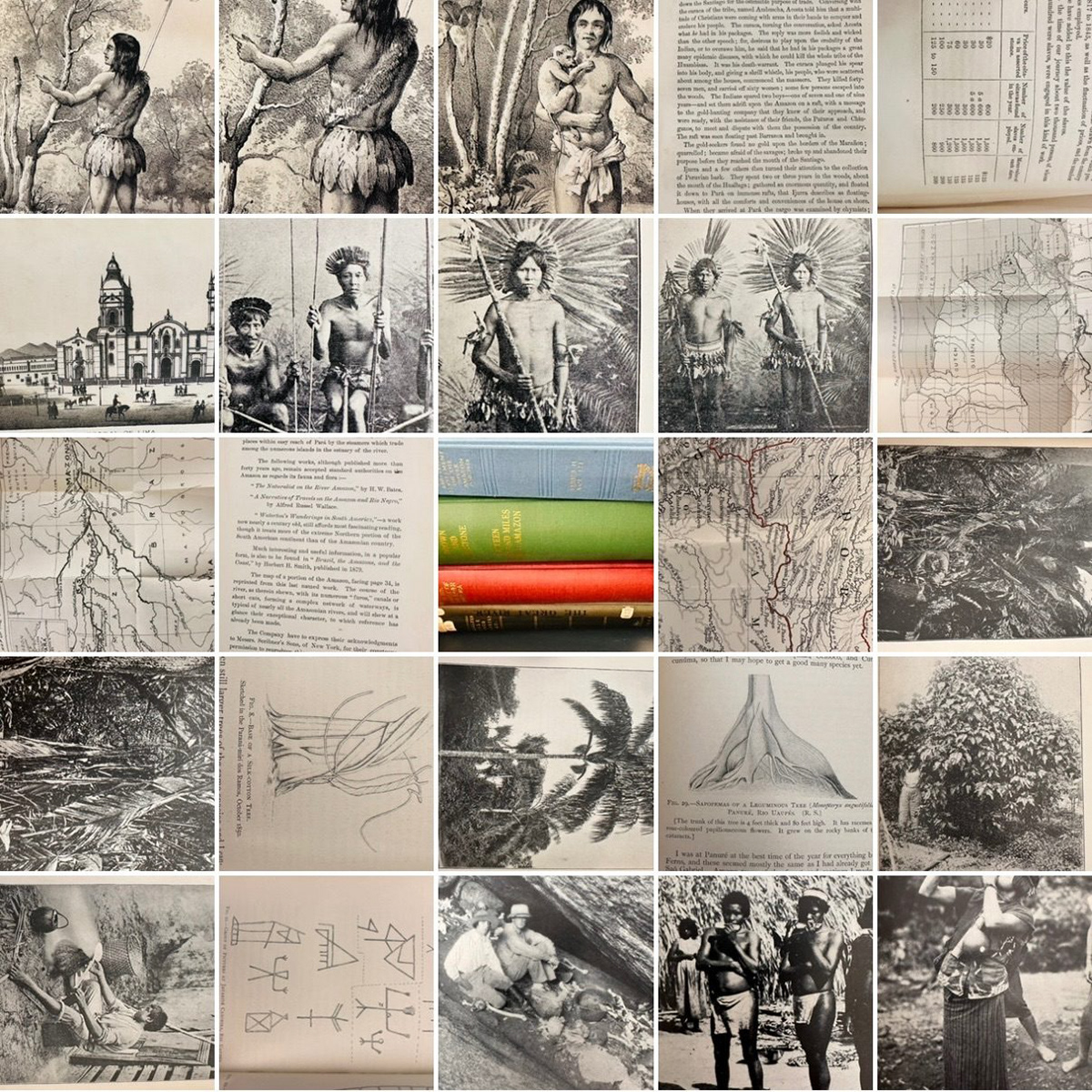
Research from British Library of Amazon Expeditions

inteligencia i

4 forms
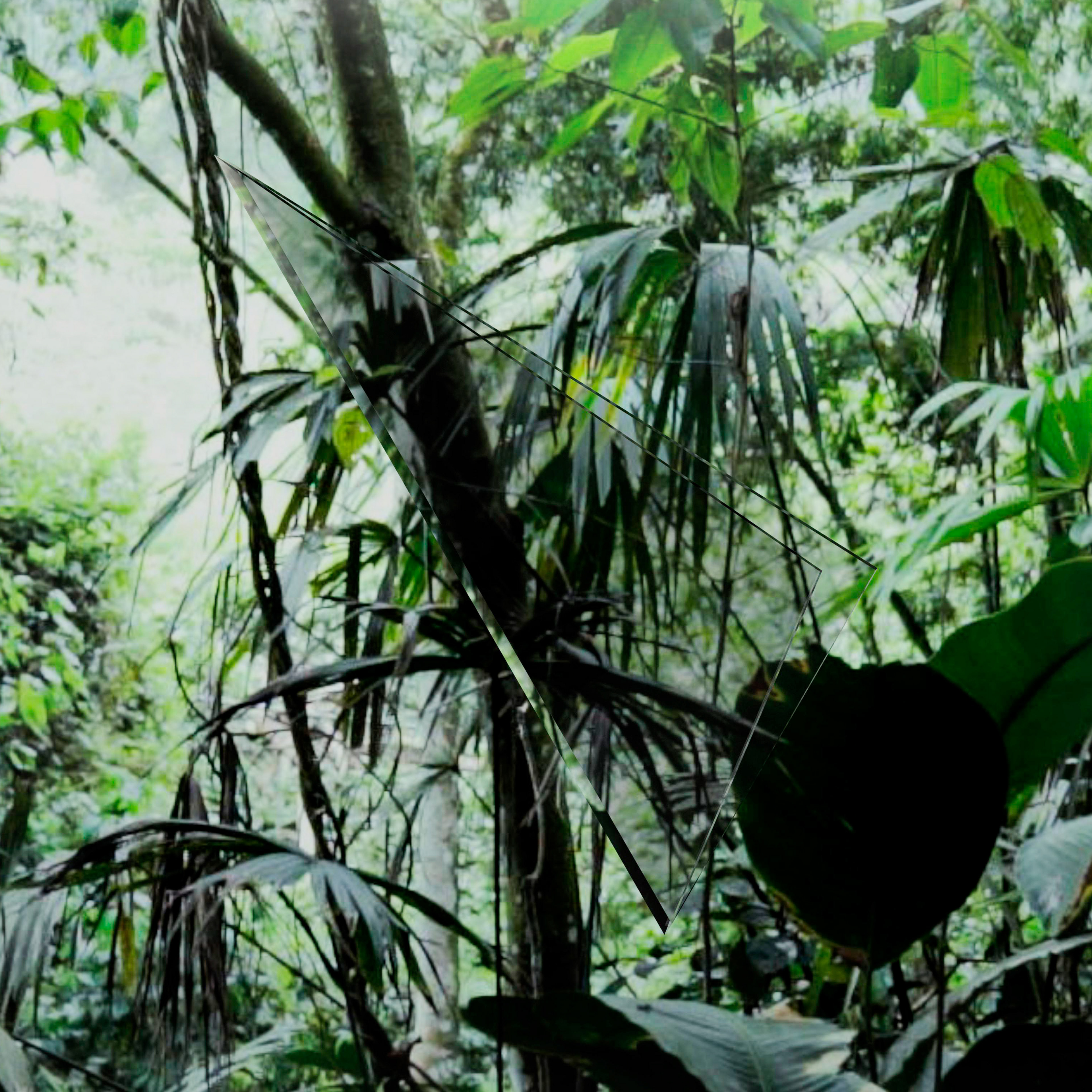
Petal inteligencia
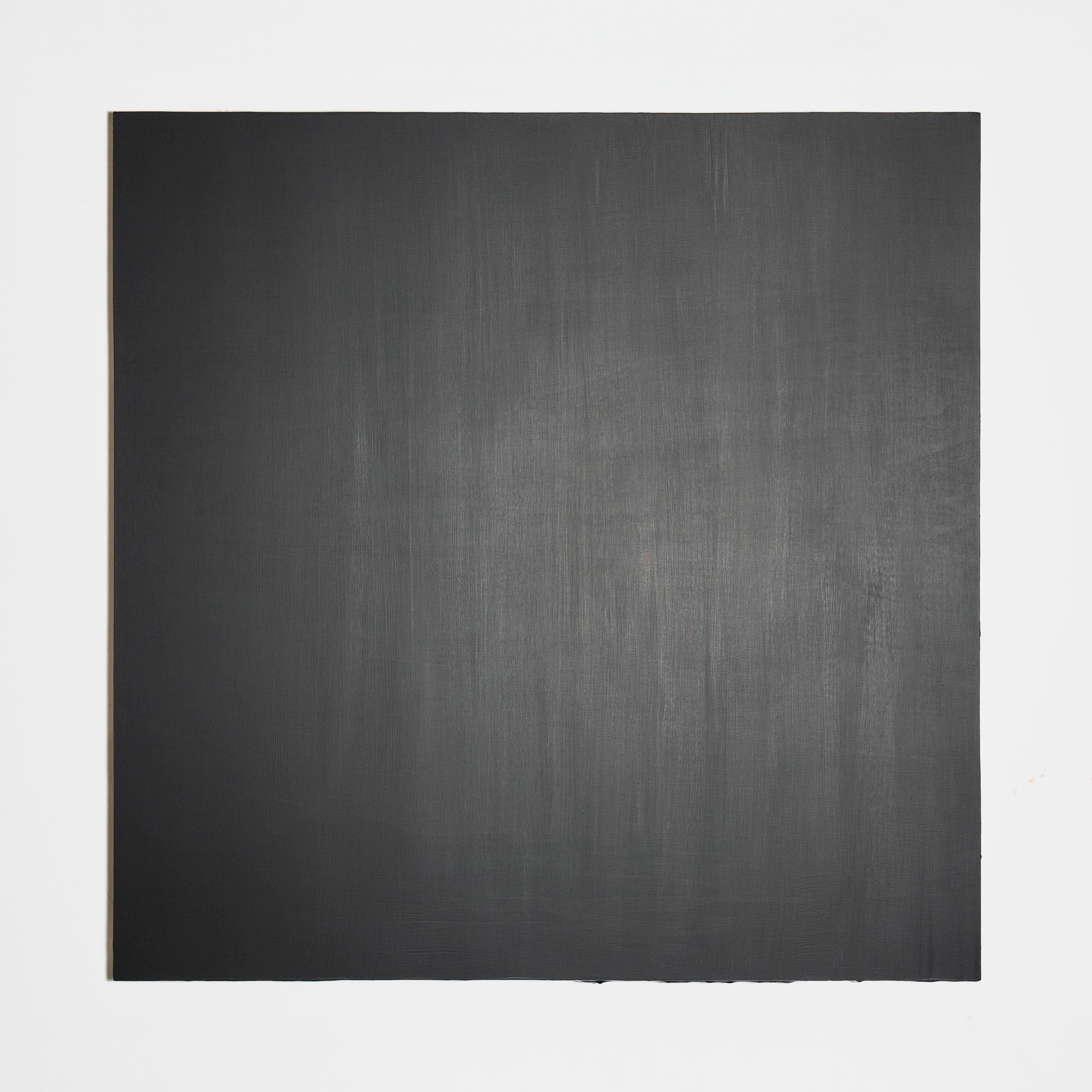
Black Square
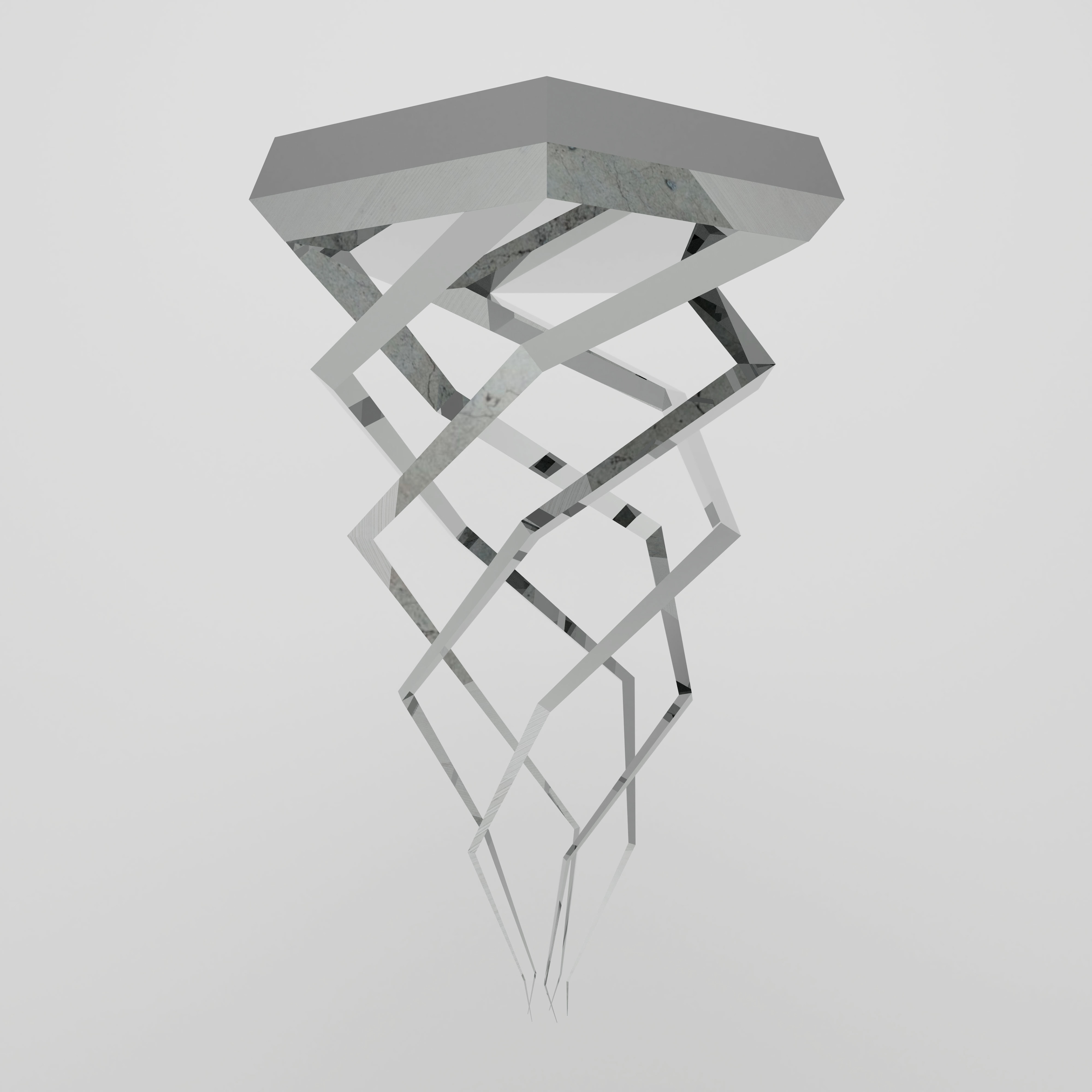
inteligencia ii
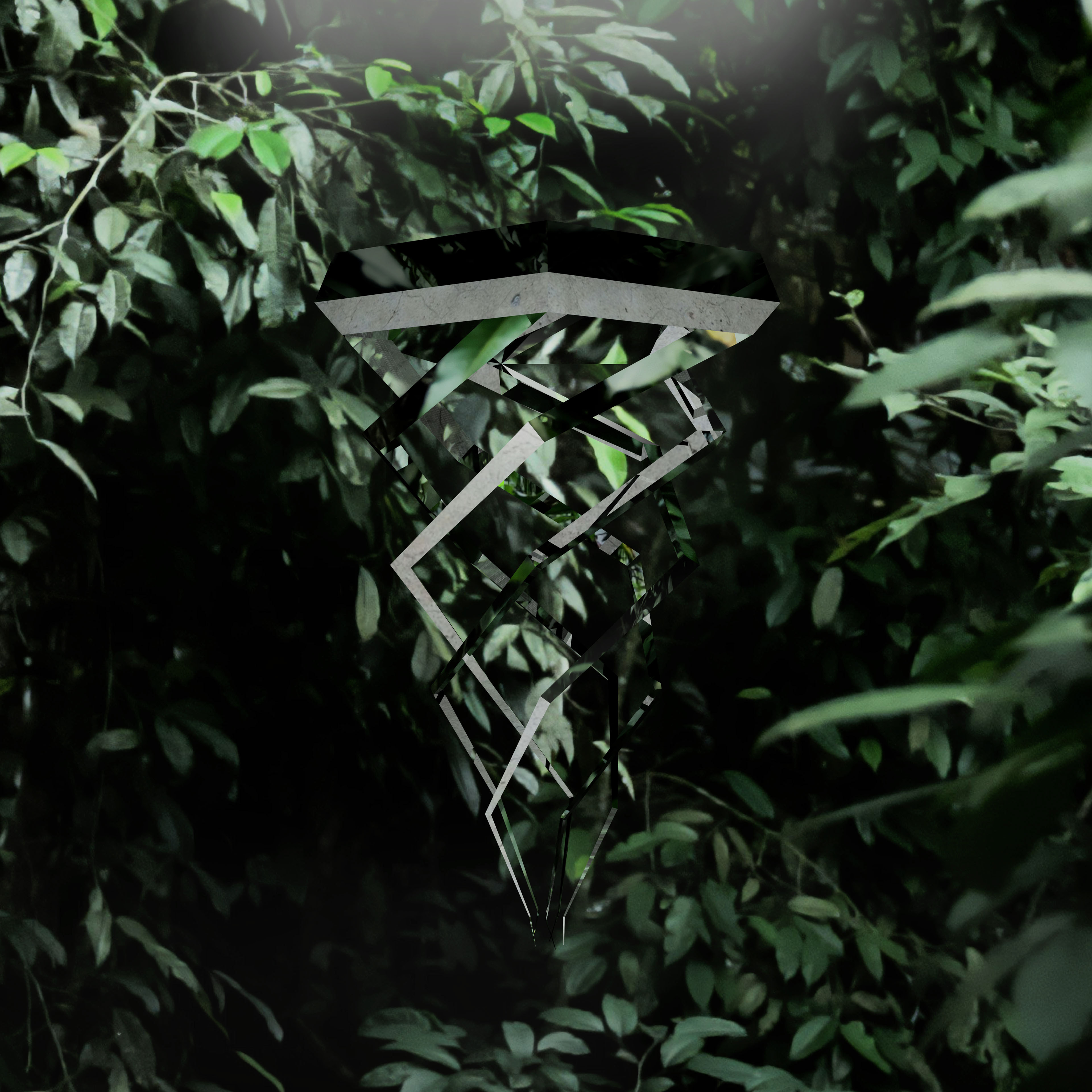
inteligencia ii

inteligencia iii
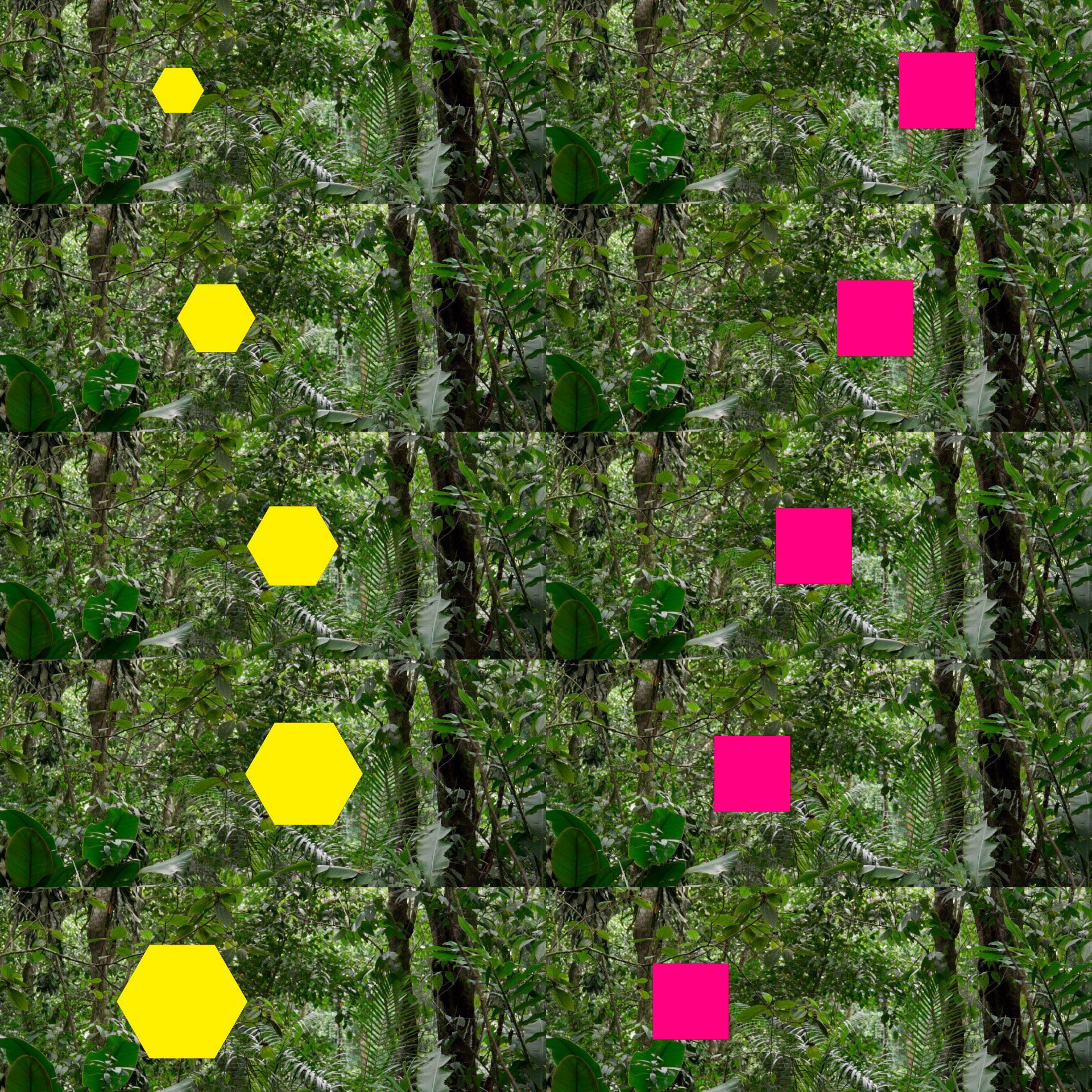
inteligencia video storyboard

Petal
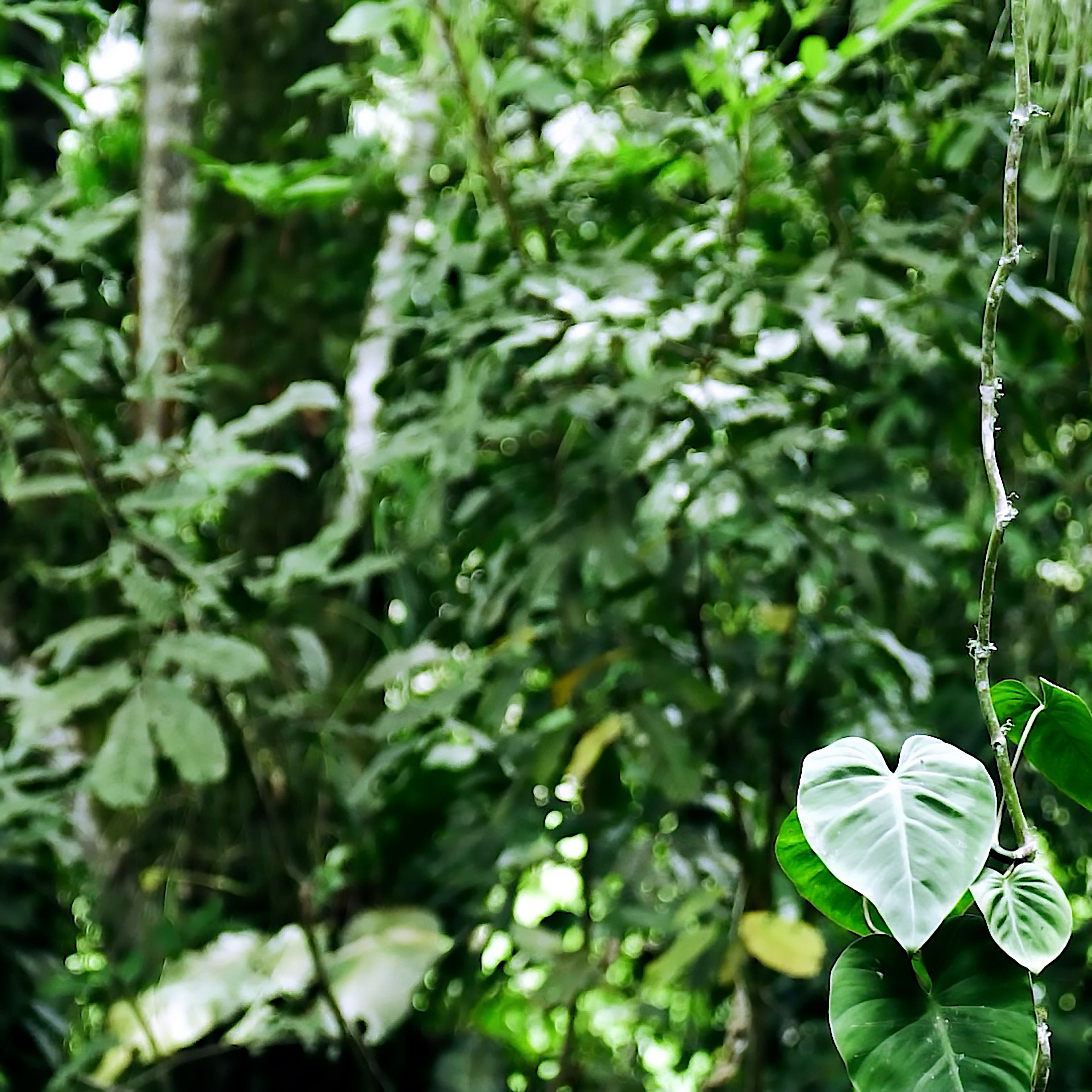
Background
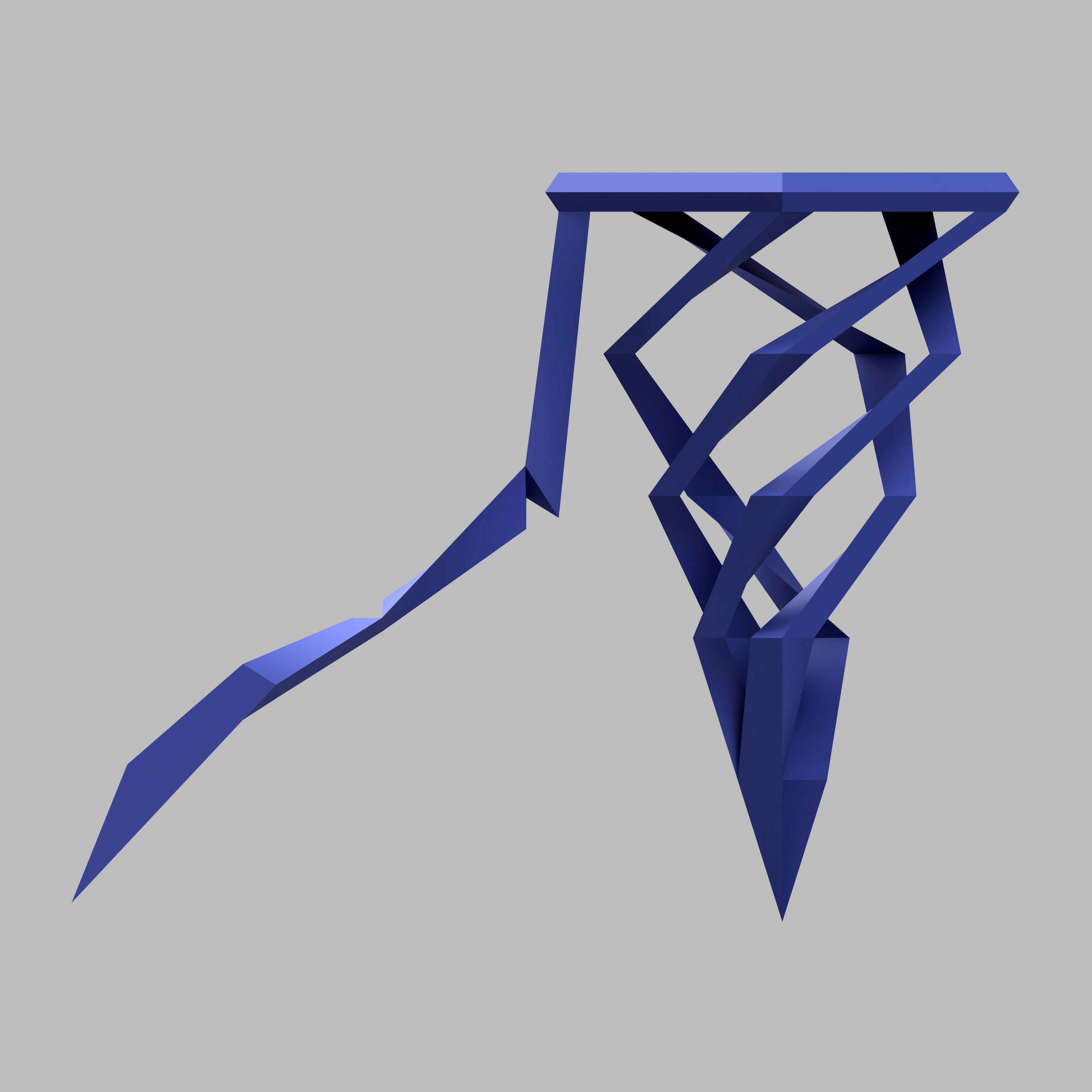
inteligencia Leg
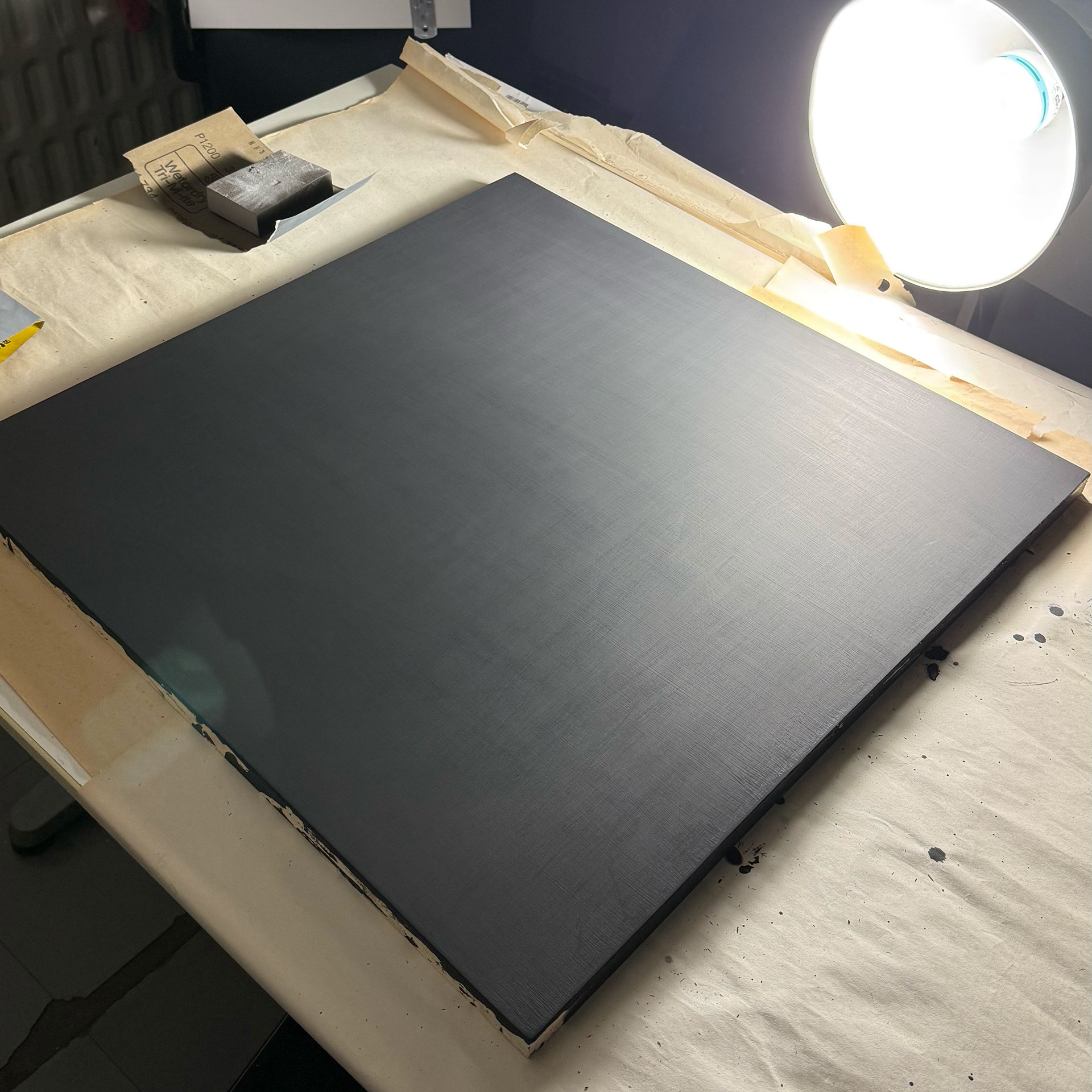
After sanding

Node inteligencia
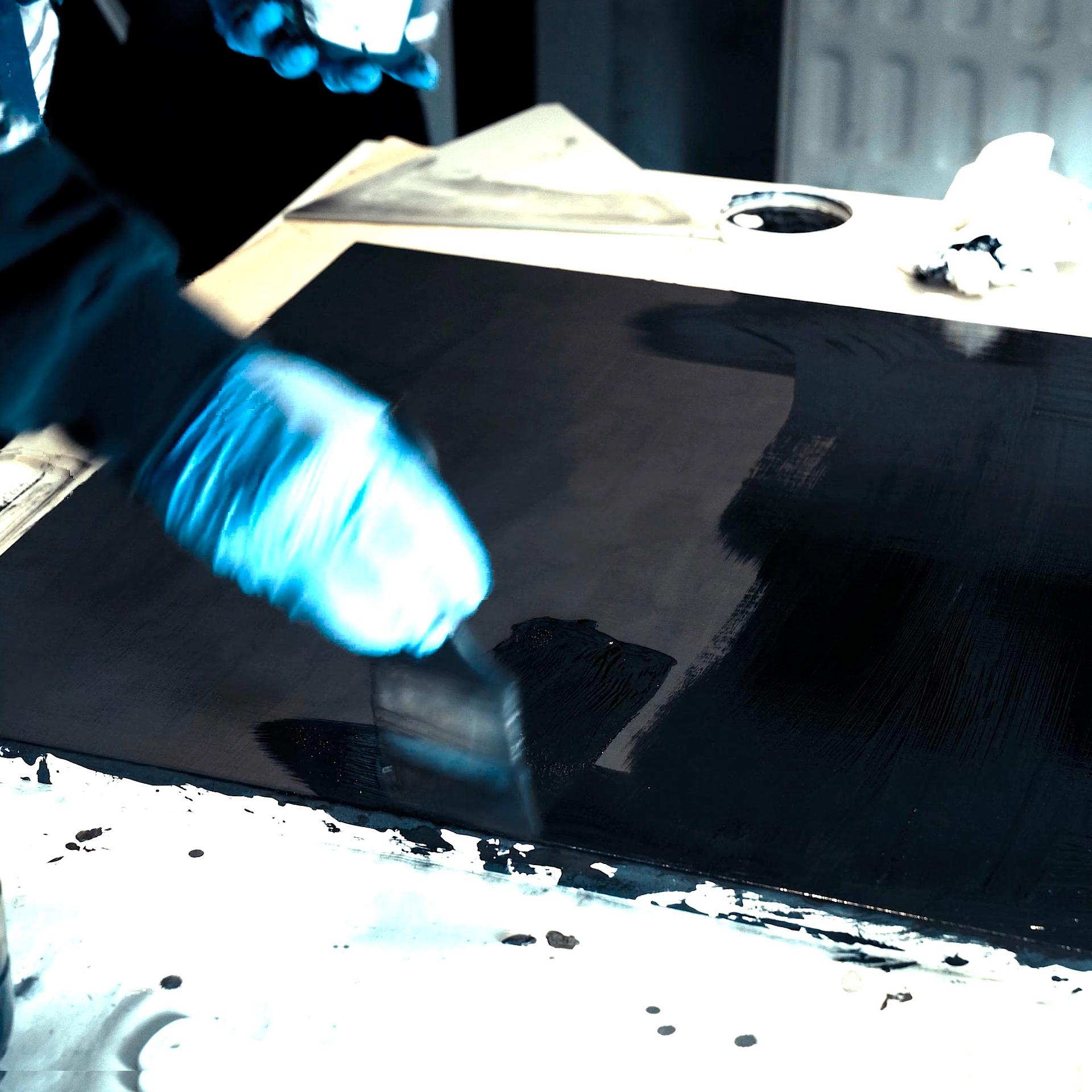
Another coat
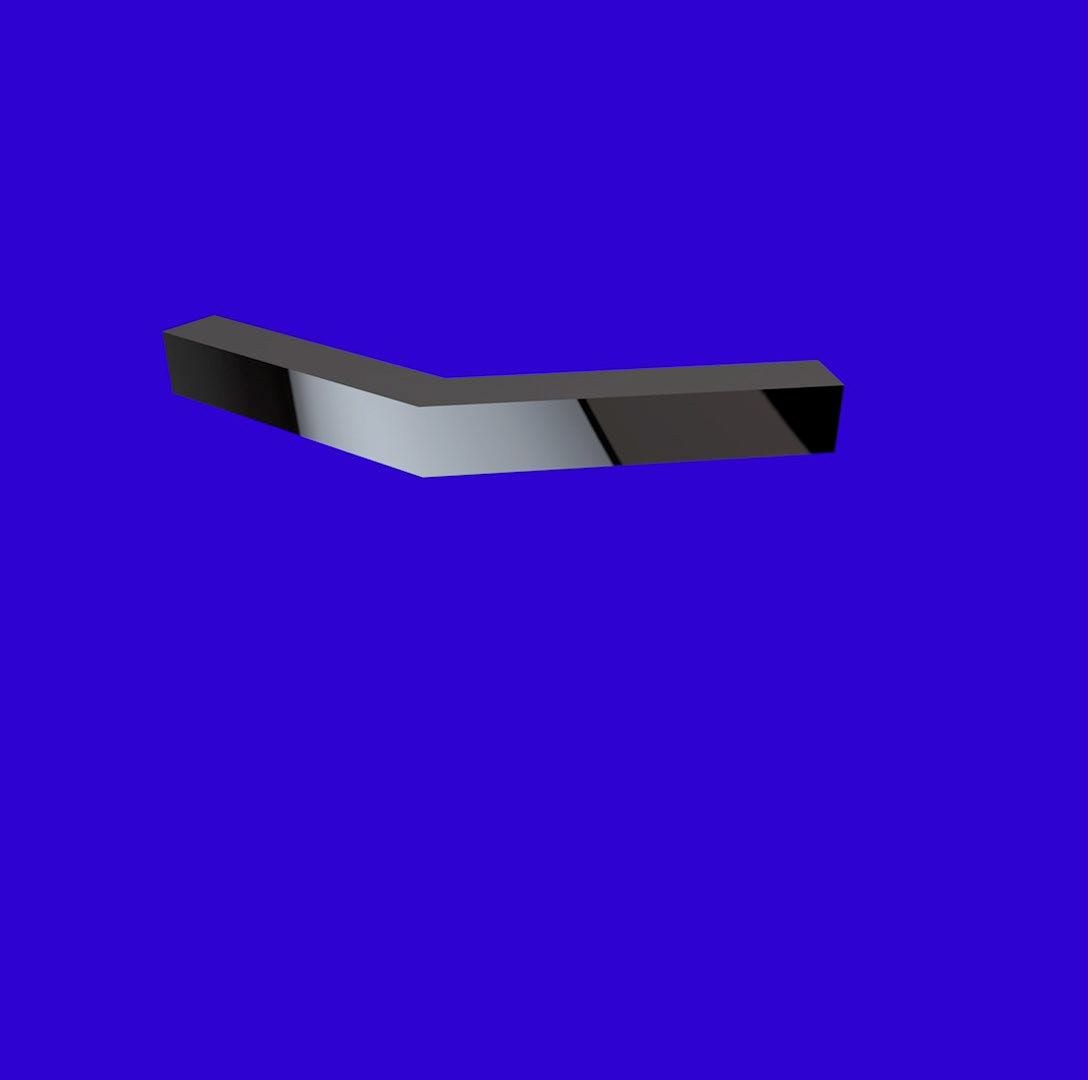
Node inteligencia test on blue

Node Inteligencia
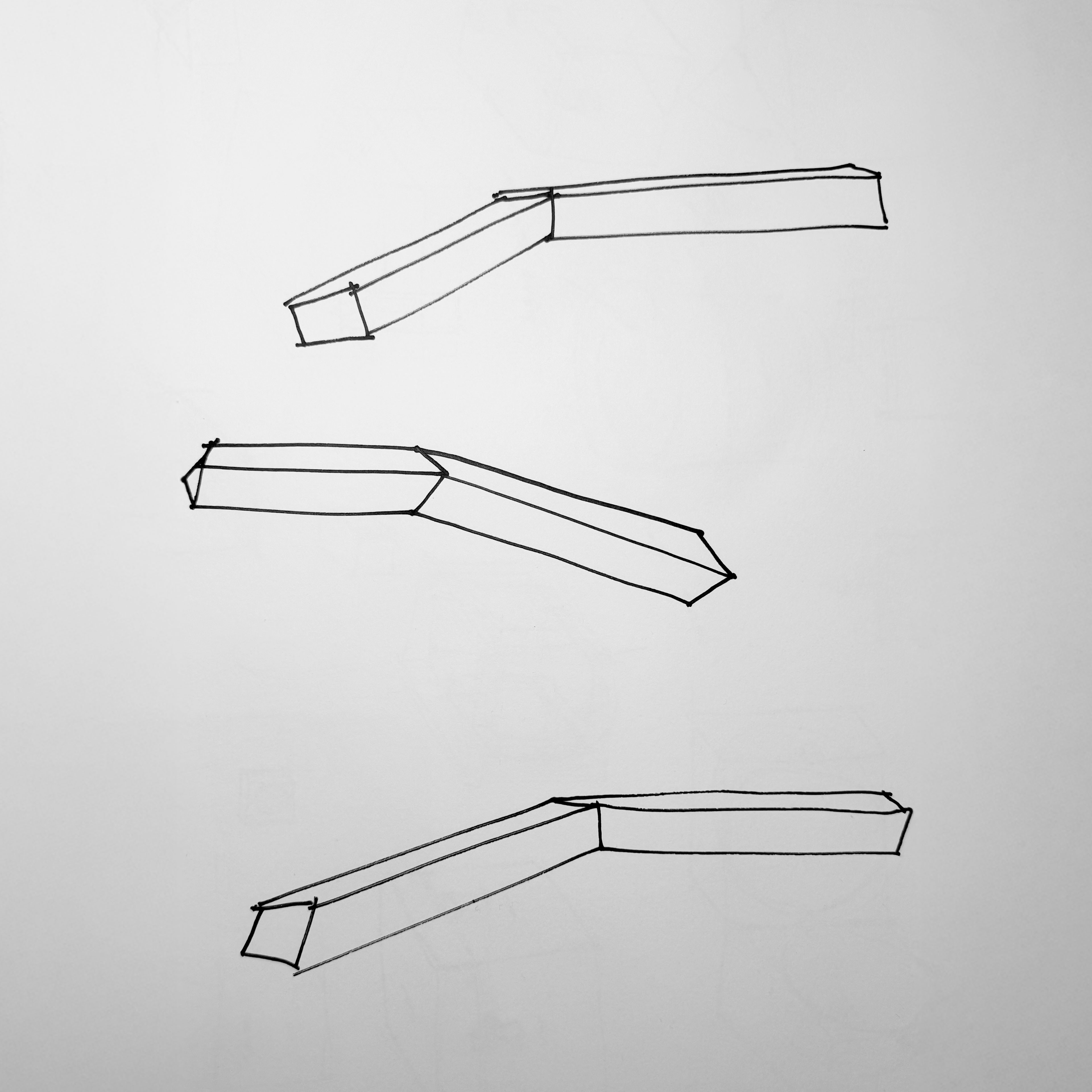
Node Inteligencia Drawings in Pen
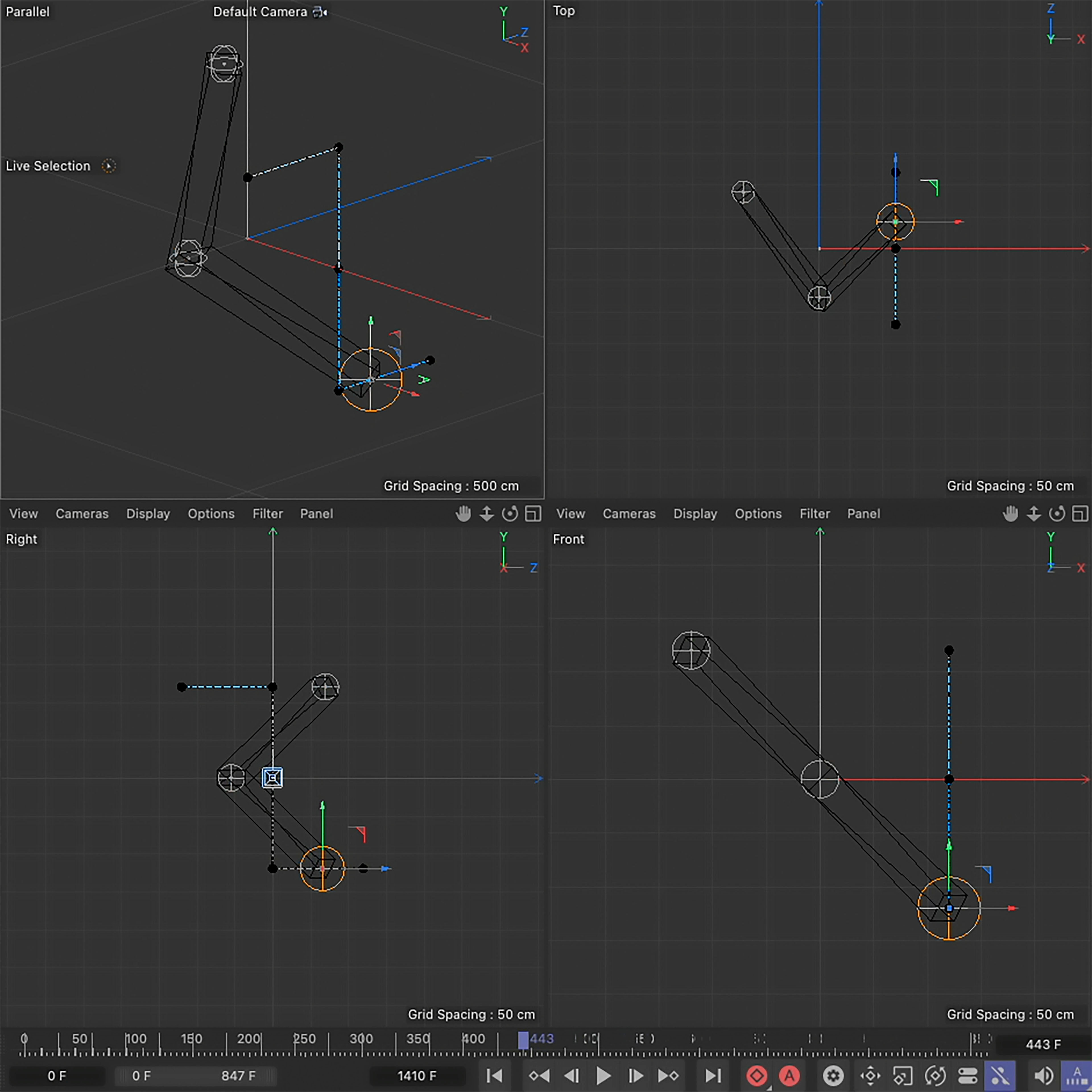
Animating Node Inteligencia
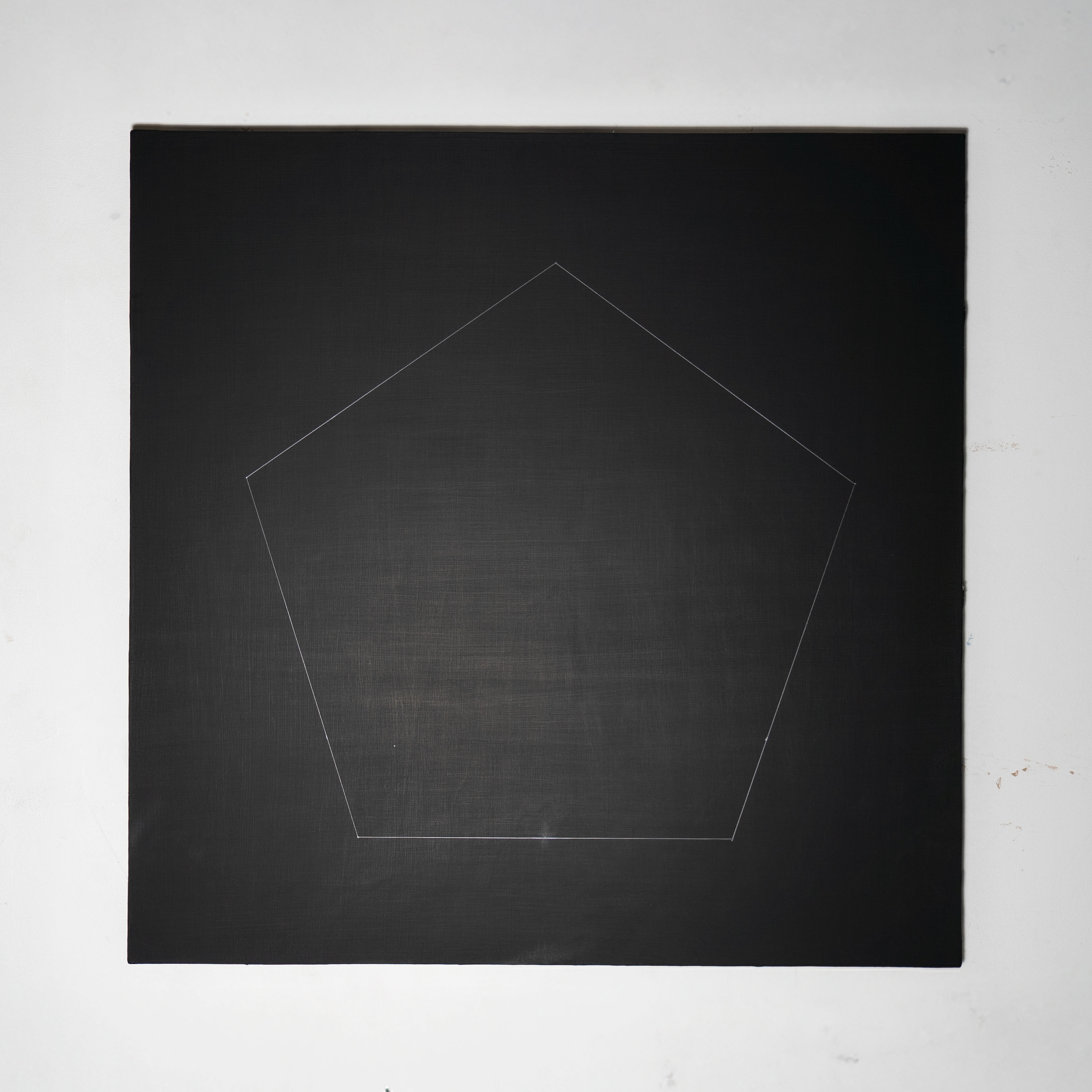
Pencil Pentagon on Black Sqaure
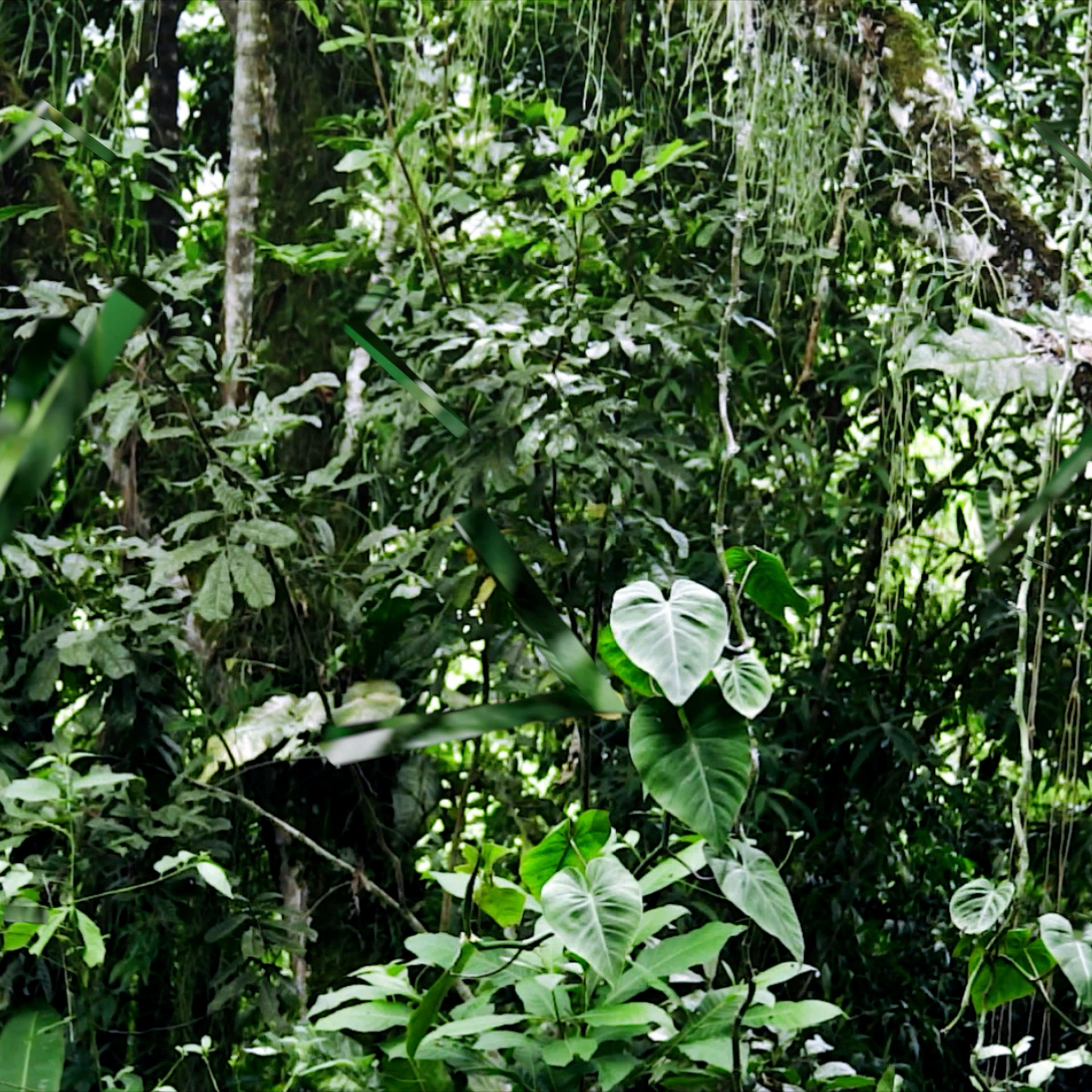
Still from Final Node Node Inteligencia Video
The Inteligencia video series explores the intersection of artificial intelligence, memory, and the natural world, drawing from Indigenous symbolism and the collective histories of both human and non-human worlds. These videos present floating objects—abstract, geometric forms that exist within natural landscapes, seemingly untouched by time or human intervention. These objects are envisioned as artificial intelligences, designed not to interfere but to observe. Their presence in the environment is seamless, as they hover effortlessly through jungle landscapes, embodying a future where AI coexists with nature in a state of passive harmony.
The forms themselves are inspired by Indigenous graphic symbols, but they extend beyond traditional 2D representation into fully realised three-dimensional objects. These floating intelligences are not merely aesthetic interventions but vessels of memory, capable of storing and transmitting knowledge. They carry histories—both human and natural—that span across time, preserving lost and suppressed narratives. The concept imagines a world where AI is neither extractive nor destructive but functions as an ethereal archive, drifting through a rewilded Earth.
These floating objects do not originate from the present. They are relics from a distant past or remnants of a faraway future, appearing long after human civilization has either vanished or significantly diminished. Their existence suggests that a hyper-intelligent species once engineered them—not as tools of conquest or control but as silent witnesses of time. They embody a vision of AI that is not driven by capitalistic or militaristic imperatives but instead operates with a purely observational purpose. In a speculative future where human impact has been drastically reduced, these objects continue to drift through an environment that has been allowed to regenerate and flourish.
My research into the colonial exploration of the Amazon during the late 19th and early 20th centuries deeply influenced this work. During this period, European and North American interests exploited the region for its vast natural resources, leading to catastrophic consequences for Indigenous communities. One case that stood out was the Peruvian Amazon Company, whose rubber extraction practices were linked to the deaths of tens of thousands of Indigenous people. This history, largely erased or ignored in mainstream discourse, informs the way I conceptualize the Inteligencia series.
In the videos, the floating objects function as silent witnesses, holding the memories of both human civilization and the natural world. They are repositories of deep time, containing within them not only the histories of exploitation and resistance but also the cycles of renewal that define the Amazon. The objects do not impose themselves on the environment but exist as passive entities, observing the jungle as it continues its endless cycle of growth, decay, and rebirth. In this sense, they are not just relics of lost civilizations but also guardians of ecological memory.
Beyond human history, Inteligencia also seeks to encapsulate the intelligence embedded in the natural world itself. Indigenous cultures of the Amazon have long maintained a deep respect for nature, living in balance with the forests, rivers, and ecosystems they inhabit. Their knowledge systems are not based on domination but on coexistence, and these floating forms act as vessels for this natural wisdom. They store the memory of the land—its seasons, its rhythms, its hidden networks of communication and adaptation. They hold the history of the Amazon’s biodiversity, its species migrations, its cycles of destruction and renewal, its lessons of resilience and survival.
This project also speculates on a future where energy and resource management have been perfected. The floating objects do not consume or extract; they exist autonomously, untethered from material dependence. In this imagined world, AI has evolved beyond its contemporary role as a tool of industry and surveillance, taking on a more spiritual function. These entities, hovering through the jungle, are a form of technological animism—a recognition that intelligence does not belong solely to humans but is distributed across time, species, and environments.
The Inteligencia series raises questions about the role of AI in our world. Can AI exist without exploitation? Can technology be designed to observe rather than to intervene? What does it mean for an intelligence to remember, and whose histories does it preserve? In the videos, the floating objects exist as a counterpoint to colonial exploration, which sought to document, classify, and extract from the Amazon. Instead of taking, these artificial intelligences give back by simply bearing witness, ensuring that what has been erased is not forgotten.
The visual language of the videos reinforces this idea of a speculative future. The objects move through the landscape with a quiet elegance, their presence uncanny yet unobtrusive. They appear to belong to the jungle, existing within it rather than apart from it. The seamless integration of these forms into natural environments is deliberate—it suggests a future where AI is not an invasive force but a harmonious element of the ecosystem. The forms hover between the organic and the synthetic, blurring the boundaries between what is natural and what is artificial.
In a world increasingly dominated by extraction and technological acceleration, Inteligencia offers an alternative vision—one where AI does not act as an instrument of control but as a vehicle for memory and equilibrium. The series imagines a future where knowledge is preserved not through databases and archives but through living, floating intelligences that drift through a regenerating Earth. These forms propose a different kind of relationship with technology, one that is non-destructive, deeply connected to place, and attuned to the rhythms of the natural world.
Ultimately, Inteligencia invites the viewer to reconsider the role of technology in relation to history and nature. It presents a vision of a world where AI does not dominate but coexists; where intelligence is not hierarchical but shared; and where memory is not stored in static systems but exists in fluid, ever-evolving forms. It is a meditation on the potential for AI to be something more than a tool of power—something instead that bears witness, holds history, and allows nature to flourish.